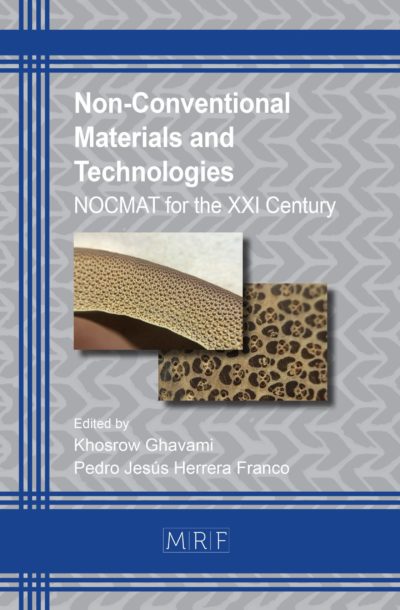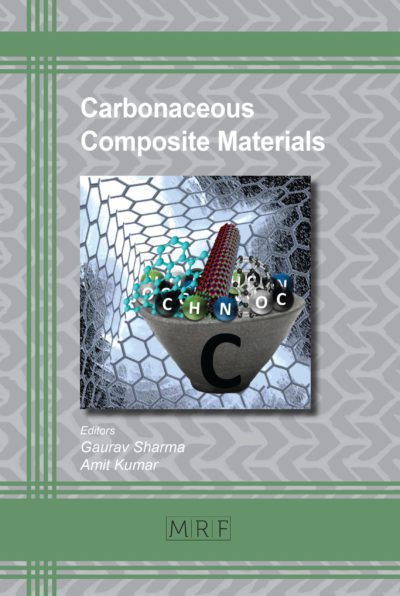Investigation of the influence of AI-controlled process parameter adjustment on the mechanical properties of LBPF-manufactured parts
Chukwuemeka Okolo, Katharina Eissing, Richard Williams, Felix Jensch, Omar Fergani, Sebastian Härtel
Abstract. This study investigates the influence of machine learning (ML) based process parameter adjustments on the microstructure, relative density, and mechanical properties of laser powder bed fusion (LPBF)-manufactured components, focusing on AlSi10Mg and Ti6Al4V. The ML algorithm optimizes the thermal history by adjusting laser power and exposure time at the vector level, ensuring consistent cooling and solidification dynamics. Microscopy revealed a refined and homogeneous microstructure in the optimized AlSi10Mg samples, with reduced grain size (4.92 µm compared to 6.37 µm in non-optimized samples). Relative density analysis showed a significant improvement for optimized samples, achieving consistent values across top, middle, and bottom sections of the specimen. Hardness measurements confirmed the homogenized mechanical properties, with more uniform and elevated hardness values observed in optimized samples. This study demonstrates that ML-based process optimization minimizes defects like porosity and microcracks, enabling improved mechanical performance and efficient process qualification for LPBF-manufactured parts. The findings underline the potential of AI-driven solutions for addressing complex geometrical and thermal challenges in LPBF process.
Keywords
LPBF-Process, Machine Learning, Mechanical Properties
Published online 5/7/2025, 10 pages
Copyright © 2025 by the author(s)
Published under license by Materials Research Forum LLC., Millersville PA, USA
Citation: Chukwuemeka Okolo, Katharina Eissing, Richard Williams, Felix Jensch, Omar Fergani, Sebastian Härtel, Investigation of the influence of AI-controlled process parameter adjustment on the mechanical properties of LBPF-manufactured parts, Materials Research Proceedings, Vol. 54, pp 218-227, 2025
DOI: https://doi.org/10.21741/9781644903599-24
The article was published as article 24 of the book Material Forming
![]() Content from this work may be used under the terms of the Creative Commons Attribution 3.0 license. Any further distribution of this work must maintain attribution to the author(s) and the title of the work, journal citation and DOI.
Content from this work may be used under the terms of the Creative Commons Attribution 3.0 license. Any further distribution of this work must maintain attribution to the author(s) and the title of the work, journal citation and DOI.
References
[1] F. Nahr et al., “Geometrical Influence on Material Properties for Ti6Al4V Parts in Powder Bed Fusion,” JMMP, vol. 7, no. 3, p. 82, Apr. 2023. https://doi.org/10.3390/jmmp7030082.
[2] A. G. Colomo, D. Wood, F. Martina, and S. W. Williams, “A comparison framework to support the selection of the best additive manufacturing process for specific aerospace applications,” IJRAPIDM, vol. 9, no. 2/3, p. 194, 2020. https://doi.org/10.1504/IJRAPIDM.2020.107736.
[3] M. Montazeri and P. Rao, “Sensor-Based Build Condition Monitoring in Laser Powder Bed Fusion Additive Manufacturing Process Using a Spectral Graph Theoretic Approach,” Journal of Manufacturing Science and Engineering, vol. 140, no. 9, p. 091002, Sep. 2018. https://doi.org/10.1115/1.4040264.
[4] N. C. Levkulich, S. L. Semiatin, J. E. Gockel, J. R. Middendorf, A. T. DeWald, and N. W. Klingbeil, “The effect of process parameters on residual stress evolution and distortion in the laser powder bed fusion of Ti-6Al-4V,” Additive Manufacturing, vol. 28, pp. 475–484, Aug. 2019. https://doi.org/10.1016/j.addma.2019.05.015.
[5] C. Li, M. F. Gouge, E. R. Denlinger, J. E. Irwin, and P. Michaleris, “Estimation of part-to-powder heat losses as surface convection in laser powder bed fusion,” Additive Manufacturing, vol. 26, pp. 258–269, Mar. 2019. https://doi.org/10.1016/j.addma.2019.02.006.
[6] R. Ranjan, C. Ayas, M. Langelaar, and F. Van Keulen, “Fast Detection of Heat Accumulation in Powder Bed Fusion Using Computationally Efficient Thermal Models,” Materials, vol. 13, no. 20, p. 4576, Oct. 2020. https://doi.org/10.3390/ma13204576.
[7] M. Kusano and M. Watanabe, “Controlling heat accumulation through changing time per layer in laser powder bed fusion of nickel-based superalloy,” Journal of Manufacturing Processes, vol. 131, pp. 187–198, Dec. 2024. https://doi.org/10.1016/j.jmapro.2024.09.001.
[8] G. Mohr, N. Scheuschner, and K. Hilgenberg, “In situ heat accumulation by geometrical features obstructing heat flux and by reduced inter layer times in laser powder bed fusion of AISI 316L stainless steel,” Procedia CIRP, vol. 94, pp. 155–160, 2020. https://doi.org/10.1016/j.procir.2020.09.030.
[9] G. Mohr, S. J. Altenburg, and K. Hilgenberg, “On the limitations of small cubes as test coupons for process parameter optimization in laser powder bed fusion of metals,” Journal of Laser Applications, vol. 35, no. 4, p. 042029, Nov. 2023. https://doi.org/10.2351/7.0001080.
[10] M. Kusano and M. Watanabe, “Microstructure control of Hastelloy X by geometry-induced elevation of sample temperature during a laser powder bed fusion process,” Materials & Design, vol. 222, p. 111016, Oct. 2022. https://doi.org/10.1016/j.matdes.2022.111016.
[11] M. Kusano, Y. Takata, A. Yumoto, and M. Watanabe, “Effects of time per layer and part geometry on thermal history and microcracking in the fabrication of nickel superalloy samples by laser powder bed fusion,” Additive Manufacturing, vol. 80, p. 103987, Jan. 2024. https://doi.org/10.1016/j.addma.2024.103987.
[12] T. A. Rodrigues, V. Duarte, J. A. Avila, T. G. Santos, R. M. Miranda, and J. P. Oliveira, “Wire and arc additive manufacturing of HSLA steel: Effect of thermal cycles on microstructure and mechanical properties,” Additive Manufacturing, vol. 27, pp. 440–450, May 2019. https://doi.org/10.1016/j.addma.2019.03.029.
[13] Z. Li, R. Xu, Z. Zhang, and I. Kucukkoc, “The influence of scan length on fabricating thin-walled components in selective laser melting,” International Journal of Machine Tools and Manufacture, vol. 126, pp. 1–12, Mar. 2018. https://doi.org/10.1016/j.ijmachtools.2017.11.012.
[14] Y. Liu et al., “An optimized scanning strategy to mitigate excessive heat accumulation caused by short scanning lines in laser powder bed fusion process,” Additive Manufacturing, vol. 60, p. 103256, Dec. 2022. https://doi.org/10.1016/j.addma.2022.103256.
[15] F. Nahr et al., “Advanced Process Control in Laser-Based Powder Bed Fusion- Smart fusion Feedback-loop Control as a Path to Uniform Properties for complex Structures.”
[16] S. Srinivasan, B. Swick, and M. A. Groeber, “Optimization of Local Processing Conditions in Complex Part Geometries Through Novel Scan Strategy in Laser Powder Bed Fusion Process,” JOM, vol. 76, no. 1, pp. 99–113, Jan. 2024. https://doi.org/10.1007/s11837-023-06255-x.
[17] F. Jensch, “Improving the structural integrity of challenging to manufacture LPBF components with toolpath correction,” presented at the Material Forming, May 2024, pp. 110–119. doi: 10.21741/9781644903131-12.
[18] A. Mertens, J. Delahaye, O. Dedry, B. Vertruyen, J. T. Tchuindjang, and A. M. Habraken, “Microstructure and Properties of SLM AlSi10Mg: Understanding the Influence of the Local Thermal History,” Procedia Manufacturing, vol. 47, pp. 1089–1095, 2020. https://doi.org/10.1016/j.promfg.2020.04.121.














